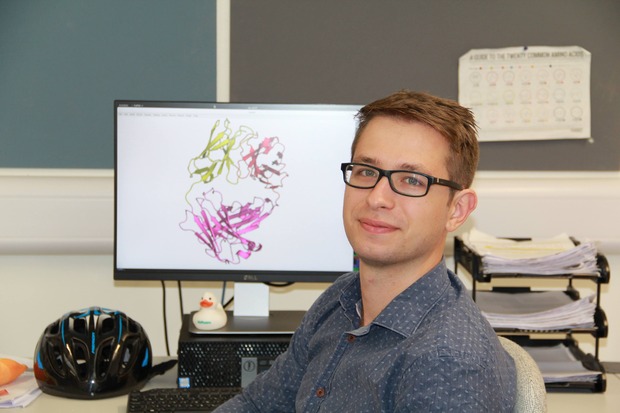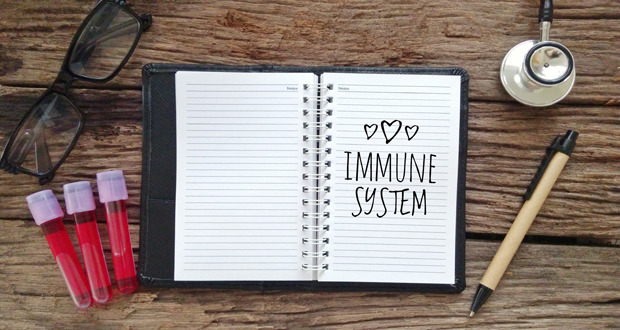Reading the immune system
14 Feb 2019 by Evoluted New Media
It is a combination of academia and industry which is helping Aleksandr Kovaltsuk read the logbook of the immune system…
In the last three decades, scientists have developed various techniques to harness the power of vertebrate immune systems to fight diseases.
Last year Sir Greg Winter and Professor George Smith shared the Noble prize in Chemistry for their pioneering work on the development of antibody phage display. This technique has enabled scientists to extract billions of unique antibodies from the human body and screen them against target molecules of interest in a test tube. This has led to the discovery of multiple blockbuster medicines including Humira, the world’s highest revenue therapeutic drug.
The human immune system is under constant environmental stress. This leads to positive selection and expansion of B cells whose antibodies are stimulus specific. Hence, the human body carries a library of antibody sequences that were raised in response to past and still ongoing illnesses. You can imagine this library as a ‘logbook’ where the first column contains antibody sequences and the second column records the frequency of each antibody sequence in the human body. Since B cells that respond to pathogens increase in number and start producing more antibodies, it follows that antibodies represent informative immunodiagnostic markers to infer a person’s health status by analysing the antibody repertoire or ‘logbook’.
Successful exploitation of antibodies as immunodiagnostic agents relies on our ability to interrogate their diversity and function. Technological advances in sequencing have made it possible to take unprecedentedly large snapshots (10 million at a time) of antibody sequences present in the human body in a single experiment. I started my DPhil project in Professor Charlotte Deane’s group in 2016, where I have been working on characterisation of next-generation sequencing (NGS) data of antibody repertoire’s logbook, also known as Ig-seq data.
The project is in collaboration with the biopharmaceutical company UCB Pharma, based in Slough. This, allows me to interact with leading experts in the field to solve current scientific challenges in the biopharmaceutical sector. The ultimate goal of my DPhil project is to develop novel antibody repertoire descriptors and use them to characterise various human immune states.
Over the last 7 years, numerous Ig-seq research studies have collected human and mouse antibody repertoires. We have recently collected all these publicly available datasets and made them available at http://antibodymap.org/. At the moment, the database holds more than 600 million human and mouse sequences. This data will help researchers to build a better understanding of antibody sequence “humanness” and deliver a more efficient therapeutic pipeline.
After finishing the database, I realised that our knowledge of the human antibody repertoires is very biased towards a few diseases (e.g. Influenza and HIV). To fill the gaps in our knowledge of the human antibody repertoire, I embarked on a journey to generate yet unstudied antibody repertoires. To fund the experiment, I applied for an Industrial Fellowship from The Royal Commission for the Exhibition of 1851. Being the recipient of this fellowship has not only supported this research but has also given me support to visit academic groups outside the UK.
For the remainder of my DPhil, I strive to augment current antibody sequencing repertoire data with structural information. As ultimately it is antibody structure that dictates function, this will enable researches to derive more knowledge from the logbooks of our immune systems.
 Author:
Author:
Aleksandr Kovaltsuk is a PhD student at University of Oxford and UCB Pharma. He was awarded an Industrial fellowship by the Royal Commission of 1851.





